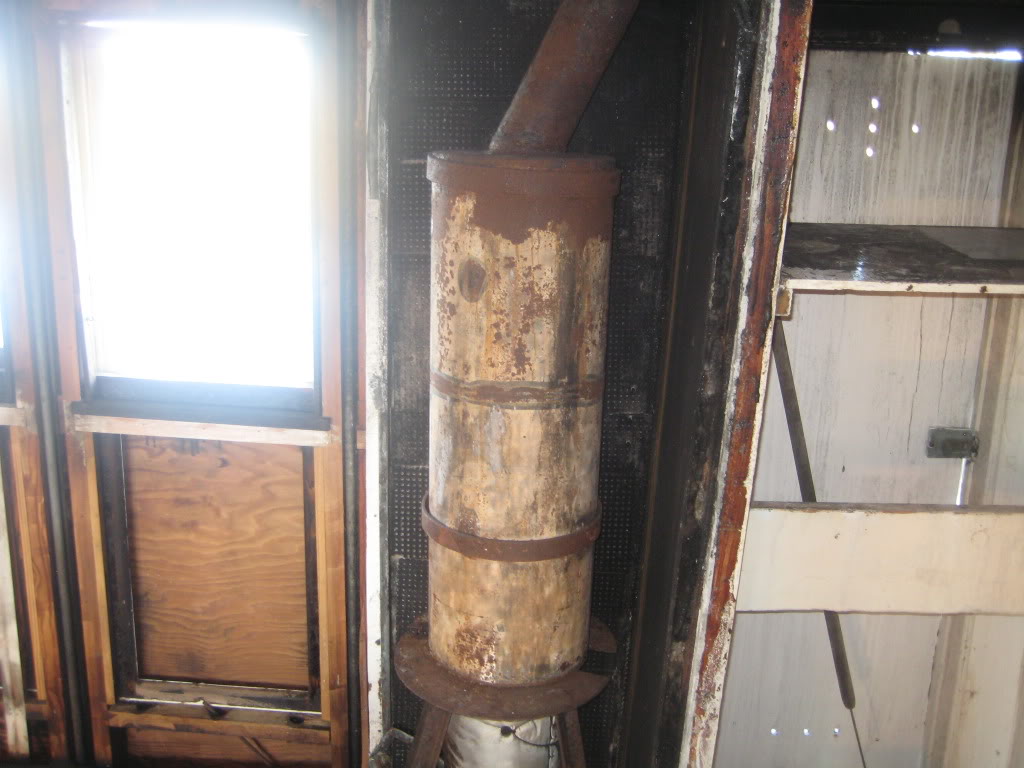I used this - Lloyd's Registry approved, easy to use. Quiet.
ExoWrap® Insulation System
"ExoWrap® Insulation System
product-icon1ExoWrap
Insulation System
Lloyds
ExoWrap®, the ‘one-step’ insulation system, is the quick and easy way to insulate high temperature surfaces in vessel engine rooms.
ExoWrap® is a revolutionary system made from biosoluble vitreous silicate fibre which is reinforced with an outer jacket of heat sealed aluminum foil. In tape or blanket format, ExoWrap® is applied in one step eliminating the need for bulky and time consuming layered insulation.
ExoWrap® can be easily removed and reinstalled by using the ExoWrap® Silhesive Tape and is rated for use to 1,000 C max. ExoWrap® can be used throughout the engine room.
IMPA Code Width Thickness Length Roll/Box
81 38 71 50 mm (2″) 3 mm (1/8″) 7.7 m (25′) 24
81 38 72 100 mm (4″) 12 mm (1/2″) 3.3 m (10′) 6
81 38 73 300 mm (12″) 25 mm (1″) 7.7 m (25′) 2
81 38 74 600 mm (24″) 25 mm (1″) 7.7 m (25′) 1
For use on bent and flanged pipes in areas where maintenance is not a consideration and/or space is limited. ExoWrap® has a pressure sensitive adhesive on the inner side for ease of installation.ExoWrap®Tape"
Sorry it didn't all copy. A single kit of sufficient wrap to do that system was about $300. In fact, I have a 4' long muffler and the amount to do my system was more than sufficient, I gave some to a friend to do one of his risers. You should buy an extra roll of tape, the amount that came with the kit wasn't quite enough to do all of mine. I used lots. I also used the 12" width as it was easier to wrap different shapes.
Custom blankets are big money and look great but you are hiding yours anyway.



